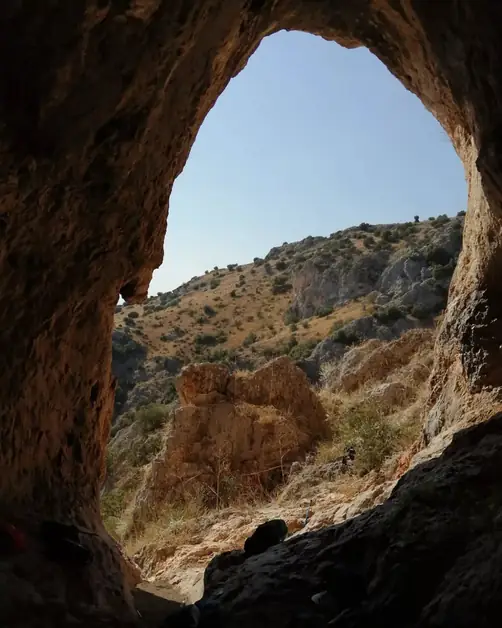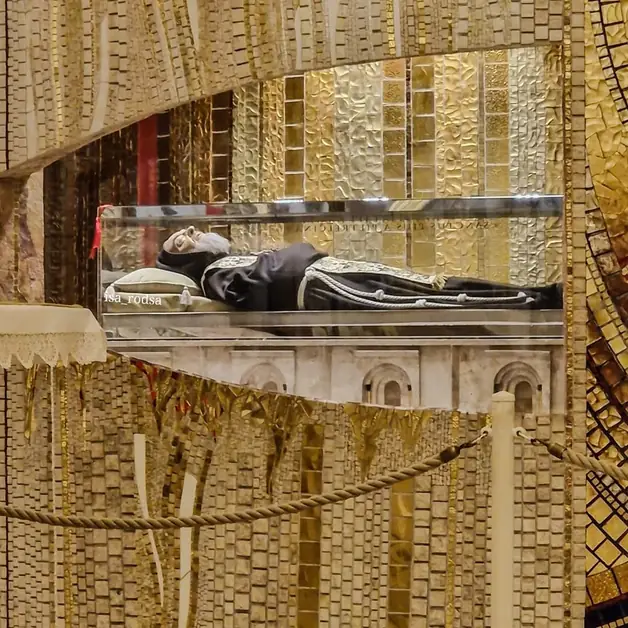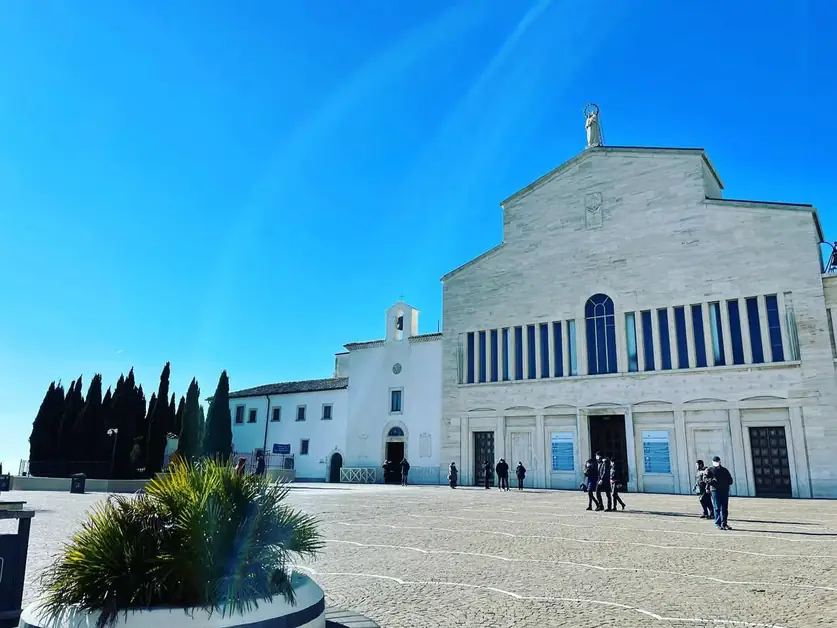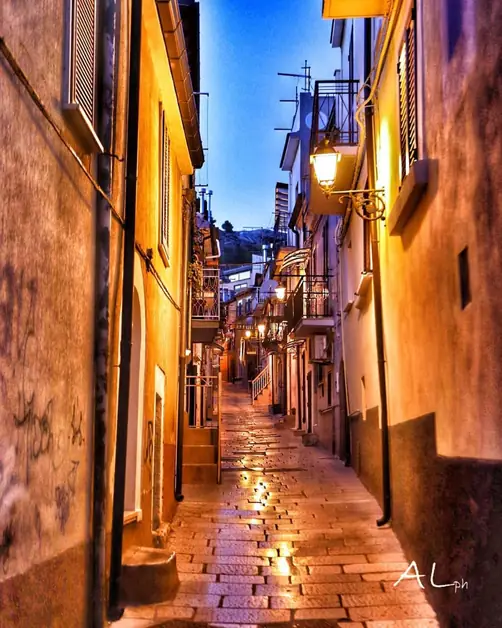Valley of Hell a journey through nature and spirituality
The Valley of Hell in Puglia is a place of natural beauty and spirituality.

Where is the Valley of Hell located?
The Valley of Hell is located in the heart of the Gargano National Park, not far from San Giovanni Rotondo in Puglia. It is a place rich in charm and spirituality, where nature and faith meet in a unique landscape. This valley is one of the most beautiful and suggestive hiking trails in Gargano, capable of uniting the naturalistic dimension with the religious one, attracting pilgrims, hikers, and trekking enthusiasts every year.
How long is the trail in the Valley of Hell?
The round trip trail measures about 18 kilometers with a total elevation gain of 800 meters. It is a challenging itinerary, classified as EE (Expert Hiker), but accessible to those accustomed to walking on mountain trails. The total duration is about 6 hours, but the views and points of interest along the way make every minute a memorable experience.
What is the difficulty level of the Valley of Hell trail?
The trail is recommended for experienced hikers, especially due to the steepness of some sections. It does not present particular dangers, but it requires good training and adequate equipment. In summer, it is essential to carry plenty of water, as the sun can make the hike more tiring. Those who approach the valley with calm and preparation can fully enjoy its natural and spiritual beauty.
What is the best time of year to visit the Valley of Hell?
The valley can be visited year-round, but the best seasons are spring and autumn, when temperatures are milder and nature offers spectacular colors. In spring, the vegetation is lush, and wildflowers and orchids can be admired, while in autumn, the golden hues of the woods make the landscape even more enchanting.
Where does the Valley of Hell trail start?
The trail starts near San Giovanni Rotondo and follows an ancient mule track once used by shepherds during transhumance. Walking along this path, one can still recognize the old dry stone walls and the traces of animal passages. It is a route that tells the story of the territory and the simple life of the Gargano communities of the past.
Why is it called the Valley of Hell?
The name may sound unsettling, but in reality, it has nothing negative. According to some scholars, the term derives from the ancient words in-ferrum, referring to the caves and rocky cavities present in the valley. These caves, carved into the limestone by the work of water, create a mysterious and fascinating landscape. Others argue that the name comes from the depth and majesty of the valley, which when viewed from above appears as a fissure in the mountain.
What is the connection between the Valley of Hell and Saint Camillus de Lellis?
The Valley of Hell is also famous for an important religious event: the conversion of Saint Camillus de Lellis. On February 2, 1575, along the mule track of the valley, Saint Camillus had a profound spiritual experience that changed his life. Since then, the place has been considered sacred, and a large cross has been erected at the top of the plateau in his memory. Today, many pilgrims walk the same path to relive that moment of faith and reflection.
What does it feel like to walk through the Valley of Hell?
Those who undertake this path recount a unique experience. The combination of silence, nature, and spirituality creates an atmosphere of peace and introspection. It is an ideal journey for those seeking tranquility and an authentic connection with nature. Along the way, the sound of the wind through the trees and the song of birds accompany the steps, inviting meditation and reflection.
What kind of landscape is encountered along the Valley of Hell trail?
The valley is a perfect example of the karst landscape of Gargano, with its sinkholes, caves, and rocky walls. Along the way, wooded sections, meadows, and drier areas alternate, creating a natural mosaic of great variety. From the highest points, one can admire spectacular views of the promontory and the Adriatic Sea, which can be glimpsed in the distance on clear days.
Are there caves or natural sites of particular interest in the valley?
Yes, along the route there are numerous natural caves that testify to the ancient erosive activity of water. Some of these caves were used in the past by shepherds as shelter or storage, while others have been the subject of geological and speleological studies. Their presence makes the walk even more fascinating, adding a touch of mystery and discovery.
What animal species can be encountered in the Valley of Hell?
The fauna of the valley is typical of Gargano. It is not uncommon to spot buzzards, kestrels, and hawks soaring over the rocky walls, as well as small mammals like hares and foxes. During spring and summer, butterflies color the landscape, while the song of birds accompanies the walk. The area is also a stopping point for some migratory species.
What plants and flowers characterize the valley?
The vegetation is very diverse: there are holm oaks, hornbeams, turkey oaks, and maples, along with bushes of myrtle and strawberry tree. In spring, the valley fills with colors thanks to wild orchids and other rare species of Gargano. This biodiversity makes the trail particularly interesting for botany enthusiasts and nature photography.
What does the Valley of Hell represent today for pilgrims and tourists?
Today, the Valley of Hell is considered a place of spiritual walking and natural tourism. Many pilgrims walk it as part of a faith itinerary linked to Saint Camillus de Lellis and Padre Pio, while hikers choose it for the beauty of the landscapes and the charm of silence. It is an experience that unites body, mind, and spirit.
What practical tips are there for tackling the Valley of Hell trail?
Those wishing to undertake the hike should start early in the morning, wear hiking boots, carry plenty of water, light food, and a map of the route. A hat for sun protection and a trekking pole for the steeper sections are also recommended. Despite the difficulty, the trail is well-marked and offers views of extraordinary beauty.
How to reach the starting point of the Valley of Hell?
The trail can be easily reached from San Giovanni Rotondo, the main reference point for those visiting Gargano. From the city, follow the signs for the convent of the Clarisses and the old Sanctuary of San Pio, from where one of the most frequented sections of the trail begins. By car, it is possible to park nearby and start the hike on foot.




